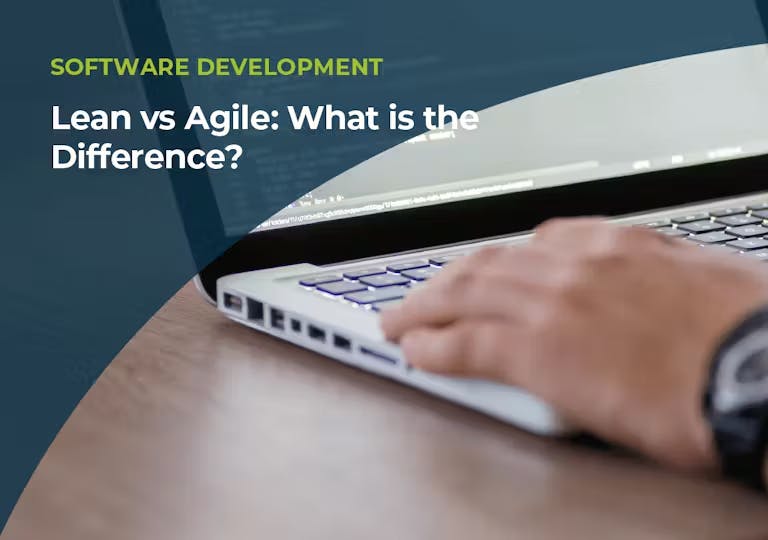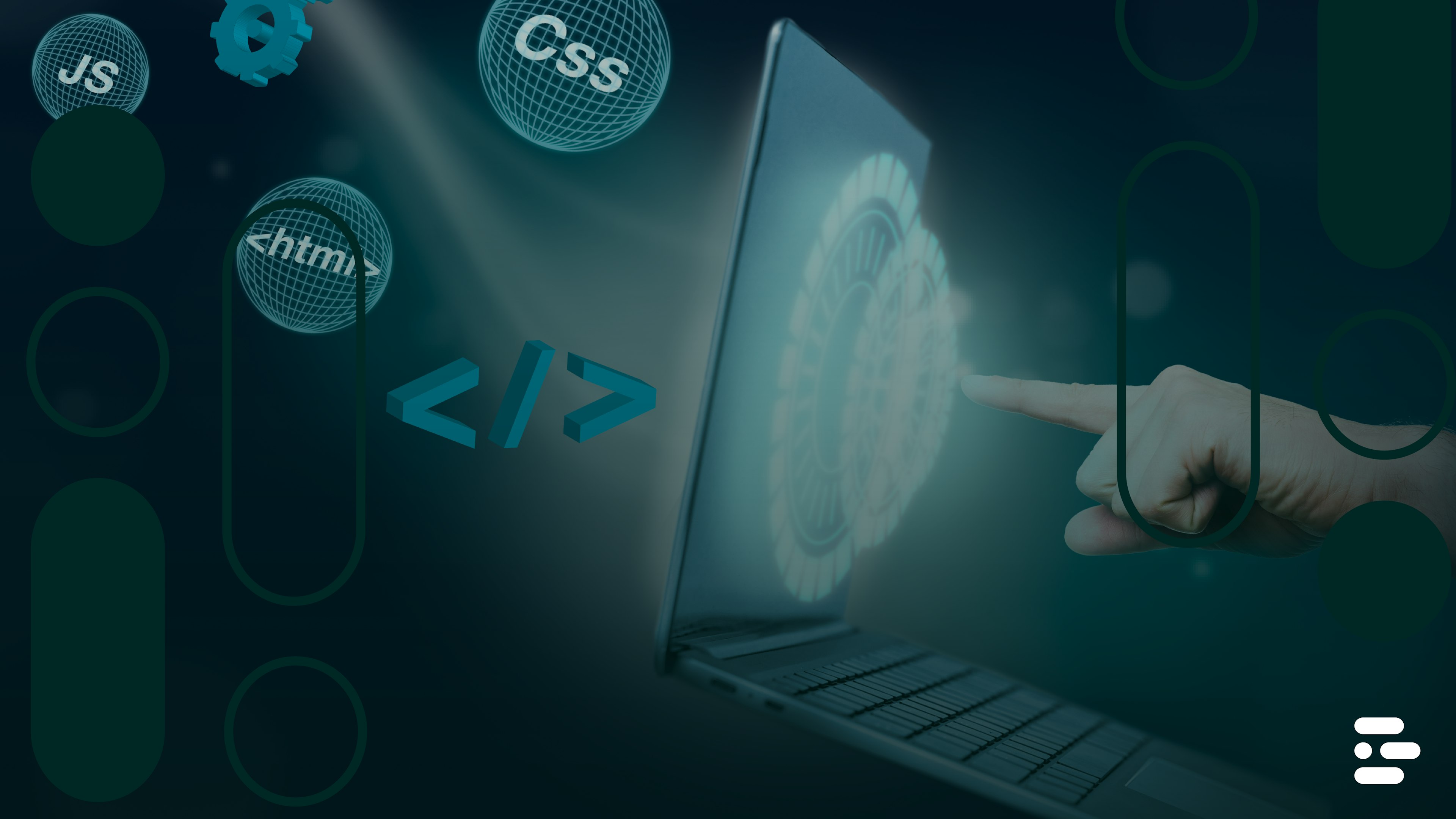Lean and Agile: Discover the Differences and Benefits


Lean and Agile are two software development methodologies that are usually used interchangeably, although each has unique perspectives. Throughout the years, the software development industry has tried out many different approaches. The objective of these methodologies is always the same: delivering high-quality software in the fastest manner.
Let’s look into each methodology and understand the difference between agile and lean principles:
Lean Methodology
Lean methodology in software development originated from the principles of Lean Manufacturing. Toyota designed these principles to reduce costs and improve the efficiency of automobile manufacturing. Lean companies understand customer value, minimize waste, and trust that their workers know how to do their job best.
To accomplish this, a company must focus on iterating its key processes to minimize waste and increase customer value. The idea is to have processes with zero waste that provide perfect value to the customer. This allows companies to respond to changing customer needs in a fast and cost-effective way.
In short, lean methodology means creating more value for customers with fewer resources. This highlights the importance of removing all that does not add value to the customer. For example meetings, unnecessary features, documentation, tasks, revisions, inefficient methods, etc.
The main principles of lean development are:
- Eliminate Waste
- Build Quality In
- Create Knowledge
- Defer Commitment
- Deliver Fast
- Respect People
- Optimize the Whole
Agile Methodology
Agile methodology in software development is a practice that focuses on iteration and quick response to changes in an uncertain environment. It also highlights the importance of collaboration between the business, the client, and the developers. This methodology gained more popularity with the creation of the Agile Manifesto.
The values shared in the Agile Manifesto are as follows:
- Individuals and interactions over processes and tools
- Working software over comprehensive documentation
- Customer collaboration over contract negotiation
- Responding to change over following a plan
In essence, agile methodology centers around developing working software through collaboration between individuals, while quickly responding to new requirements, feedback, and market changes.
The main Agile principles are:
- The highest priority is customer satisfaction
- Welcome changing requirements
- Frequent delivery of software
- Business people and developers cooperating daily
- Build projects around motivated individuals
- A face-to-face conversation is best
- Working software is the primary measure of progress
- Sustainable development pace
- Continuous attention to technical excellence and good design
- Simplicity
- Self-organizing teams
- Regular reflection & adaptation
Lean vs Agile: Differences
The main similarity between Lean and Agile is that its goal is to increase productivity and reduce delivery time. Still, these methodologies have different characteristics throughout their principles, such as:
Foundation
Lean and agile methodologies have their foundations in different industries. The Lean methodology started in the manufacturing industry and was then adapted to different industries. Meanwhile, Agile started specifically in the software development industry.
Core characteristics
Both methodologies focus on different chore characteristics. Lean methodology focuses on reducing waste while increasing customer value. Meanwhile, the Agile methodology focuses on flexibility and collaboration.
Agile does not specifically mention waste reduction. It measures progress with having working software. On the contrary, Lean measures progress by having less waste and more customer value.
In summary, Lean is all about minimizing waste and increasing customer value in each process. In software development, this translates to removing unnecessary features, revisions, defects, etc. Agile is all about collaboration and adaptability in an uncertain environment. An optimal result is working software that can adapt to changes in requirements easily.
Subscribe to our newsletter
Stay informed with the latest insights and trends in the industry
You may also like


